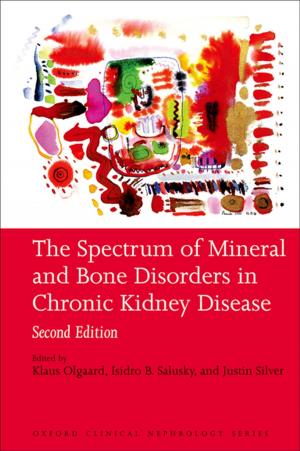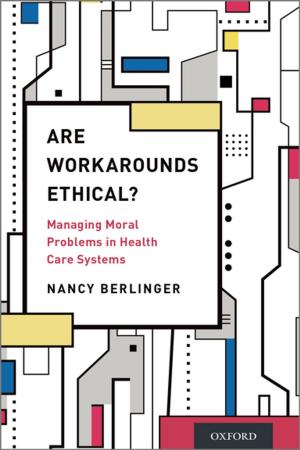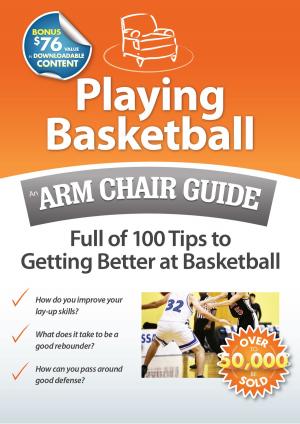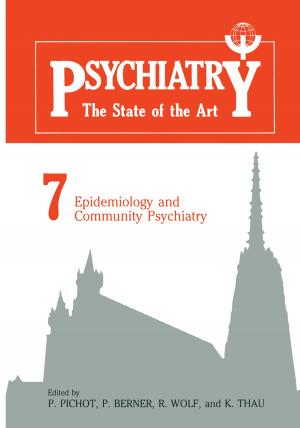Dysgraphia: Your Essential Guide
Nonfiction, Reference & Language, Education & Teaching, Special Education, Learning Disabled, Health & Well Being, Health| Author: | Helen Painter | ISBN: | 9781301261680 |
| Publisher: | Helen Painter | Publication: | January 31, 2013 |
| Imprint: | Smashwords Edition | Language: | English |
| Author: | Helen Painter |
| ISBN: | 9781301261680 |
| Publisher: | Helen Painter |
| Publication: | January 31, 2013 |
| Imprint: | Smashwords Edition |
| Language: | English |
Dysgraphia: Your Essential Guide will do just that; guide you in how to help a child, or an adult, with dysgraphia learn how to write. And to actually love writing again!
Author Helen Painter has a Master of Arts in Education and is an Occupational Therapist who has supported dozens of public school districts over the last 20 years helping students with learning disabilities and dysgraphia.
Did you know there are 3 different types of dysgraphia?
Find out what they are, and which type you’re working with, then get ready to join the expert in helping a child with dysgraphia learn how to write! It’s easy when you know how!
For teachers and parents; many have referred their student to occupational therapy assuming that they couldn’t write because they had poor fine motor skills. Sometimes this is the case and sometimes fine motor skills are average. If a child has good fine motor skills and still cannot write then we look to the team assessment for signs of processing difficulties. Learn the ins and outs of the different dysgraphias and you can become an expert on how to help your child.
For therapists: are you an expert? Do you know when it’s a motor, spatial, or processing dysgraphia, and how to address each one? Do you put a student on an IEP for a year to fix a motor dysgraphia? Because I think that’s way too long! Motor dysgraphia is not caused by a coordination disorder, so you may be looking at two different things if you think dyspraxia is causing motor dysgraphia. Academic interventions for six weeks should suffice for a simple motor dysgraphia.
Learn how this jam packed book gives you the actual steps to follow to help children overcome a motor dysgraphia, complete with downloads from the author’s website; a workbook within the book!
Dysgraphia: Your Essential Guide helps you find out about IEPs, and 504s. When should you use accommodations and modifications? Should you switch to typing? Should your child have a computer or tablet and which software programs are best? How much do they cost? What about free programs?
Become an expert on processing dysgraphia software once you find out what options are out there. Find out what school districts are using and what programs are being used by different age groups. The technology that is available today is something past generations could only have dreamed about.
Dysgraphia: Your Essential Guide is just that, essential. It is the go to guide for parents, teachers and therapists. Concise and practical, once you have it, you will wonder how you ever got by without it.
Dysgraphia: Your Essential Guide will do just that; guide you in how to help a child, or an adult, with dysgraphia learn how to write. And to actually love writing again!
Author Helen Painter has a Master of Arts in Education and is an Occupational Therapist who has supported dozens of public school districts over the last 20 years helping students with learning disabilities and dysgraphia.
Did you know there are 3 different types of dysgraphia?
Find out what they are, and which type you’re working with, then get ready to join the expert in helping a child with dysgraphia learn how to write! It’s easy when you know how!
For teachers and parents; many have referred their student to occupational therapy assuming that they couldn’t write because they had poor fine motor skills. Sometimes this is the case and sometimes fine motor skills are average. If a child has good fine motor skills and still cannot write then we look to the team assessment for signs of processing difficulties. Learn the ins and outs of the different dysgraphias and you can become an expert on how to help your child.
For therapists: are you an expert? Do you know when it’s a motor, spatial, or processing dysgraphia, and how to address each one? Do you put a student on an IEP for a year to fix a motor dysgraphia? Because I think that’s way too long! Motor dysgraphia is not caused by a coordination disorder, so you may be looking at two different things if you think dyspraxia is causing motor dysgraphia. Academic interventions for six weeks should suffice for a simple motor dysgraphia.
Learn how this jam packed book gives you the actual steps to follow to help children overcome a motor dysgraphia, complete with downloads from the author’s website; a workbook within the book!
Dysgraphia: Your Essential Guide helps you find out about IEPs, and 504s. When should you use accommodations and modifications? Should you switch to typing? Should your child have a computer or tablet and which software programs are best? How much do they cost? What about free programs?
Become an expert on processing dysgraphia software once you find out what options are out there. Find out what school districts are using and what programs are being used by different age groups. The technology that is available today is something past generations could only have dreamed about.
Dysgraphia: Your Essential Guide is just that, essential. It is the go to guide for parents, teachers and therapists. Concise and practical, once you have it, you will wonder how you ever got by without it.















